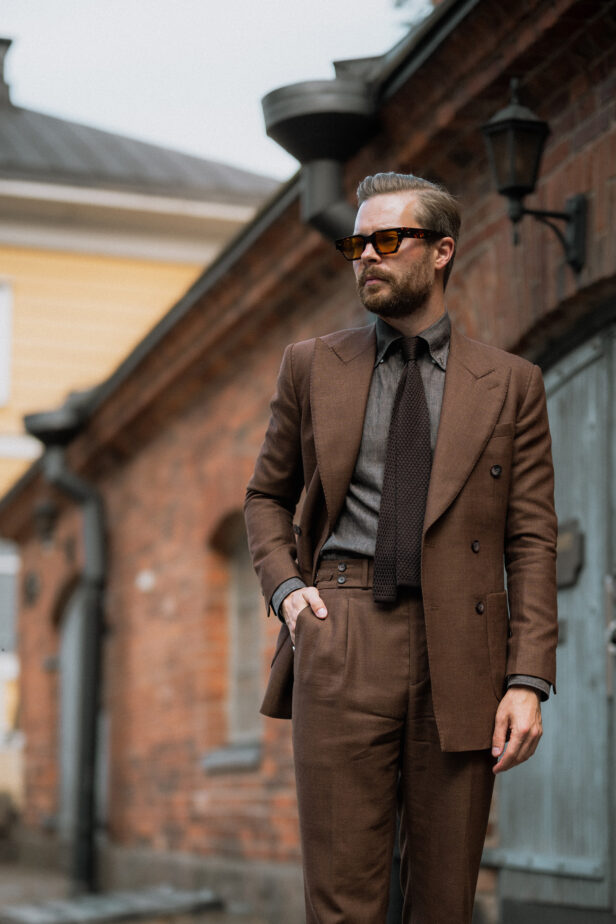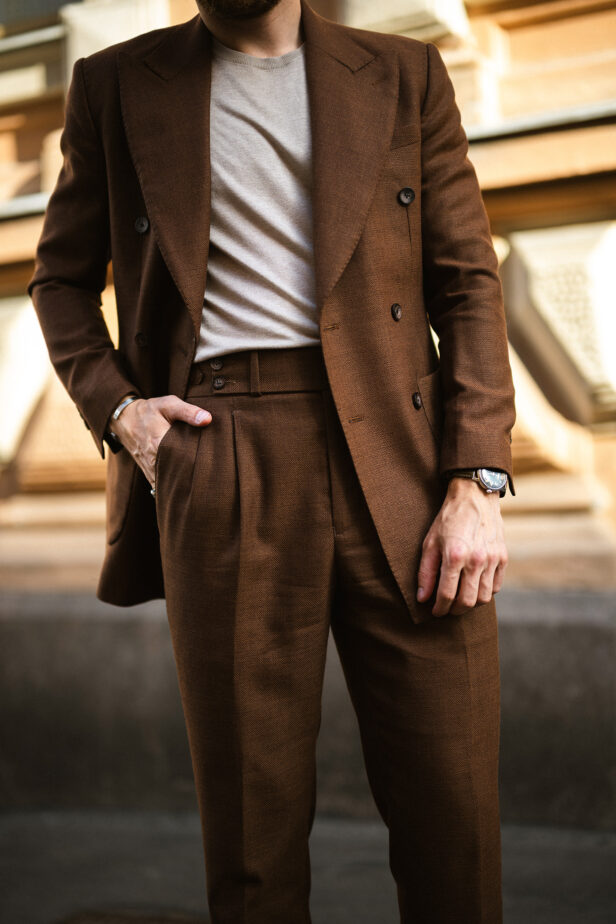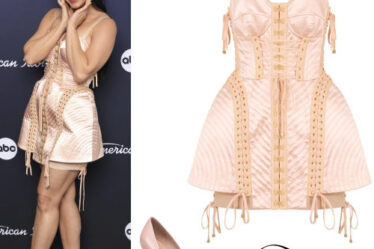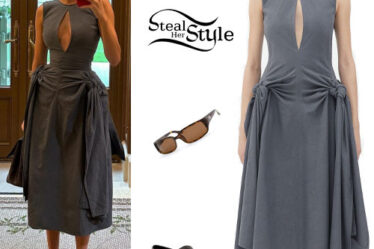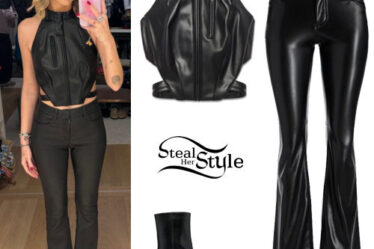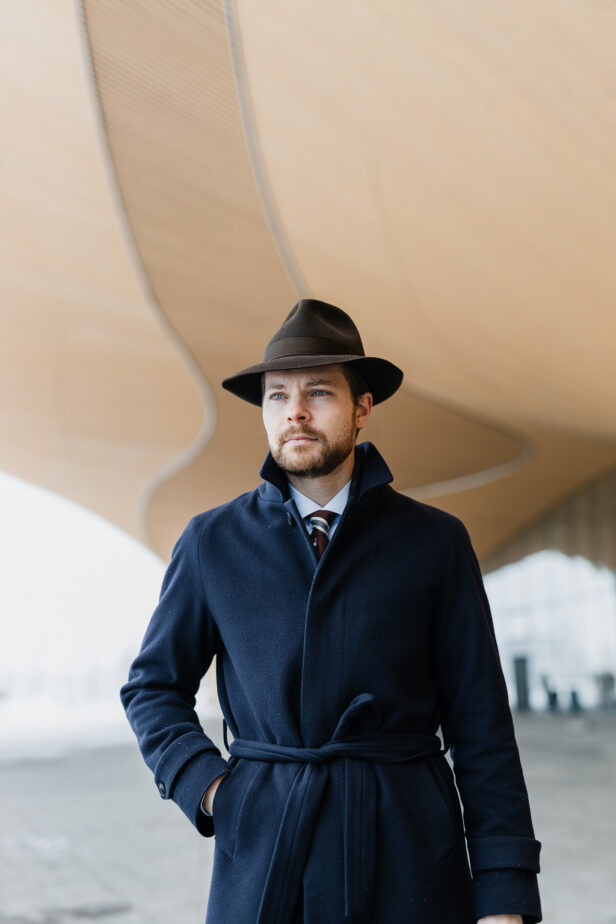
E
European Style: What to Wear in Europe
Full transparency: I understand that what I’m about to say is kind of a broad statement, but I like to think that European style is often associated as being timeless and classic. And since I’m European, I feel like that gives me a little bit of license to make such a claim.
Europe has a rich history of art, culture and fashion, and these things have had a significant impact, I believe, on European style. Many of the iconic designer houses such as Armani, Gucci, Chanel and Dior, just to name a few, have their origins in European countries.
Plus, if we are studying classic menswear and tailoring, the early origins of the art of tailoring in the UK start all the way back to the 17th century where tailors were responsible for creating custom-made clothing for the aristocracy and the upper classes. Savile Row, which is arguably the most famous tailoring district in the world, is located in London and dates back to the 18th century.
Other elements, in my opinion, that have an impact on European style are the respect and appreciation for tradition. Many Europeans value the timeless aspects of their culture, including clothing and style. This might be a reason why Europeans are willing to prioritize quality over quantity and invest in high quality, well-made clothing that can last for years. Truly, Europeans view clothing more as long-term investments rather than disposable fashion.
How Do Europeans Dress?
Europe is a vast continent and style varies from country to country. So, you can’t make any true generalizations about style as such. However there are some general trends and observations that can be made about European style:
Classic and Timeless
Many Europeans appreciate classic and timeless fashion. You’ll often see people wearing well-tailored clothing, such as blazers, trench coats, and well-fitted trousers. Quality and durability are valued, so investment pieces that last are common.
Minimalist
Minimalism is a prevalent trend in many European cities, especially so in Scandinavia, with people favoring simple and clean lines. Neutral colors like black, white, gray, and beige are popular.
Many Europeans invest in high-quality shoes and boots. Leather footwear, such as loafers and ankle boots, is common. Comfort and durability are essential factors when choosing footwear.
Seasonal Dressing
Europeans adapt their wardrobes to the seasons. In colder climates, like Northern Europe, heavy coats and warm layers are necessary during winter, while in Southern Europe, lighter and more breathable fabrics are preferred due to milder winters.
Second-Hand
Sustainability has become a growing concern. So, vintage and second-hand shopping has increased in popularity across Europe. As Europeans have long appreciated high-quality clothing, there is a large selection of pre-owned high-caliber clothing circulating in the second-hand market.
Casual Yet Stylish
Europeans often strike a balance between looking casual and stylish. Even with their everyday attire, people take care to put together outfits that are both comfortable and chic.
Now that we’ve studied what impacts European style and familiarized ourselves with a few general trends that are often associated with European style, let’s have a closer look at why you should consider dressing as a European on your next trip. It will give you a few tips on what to pack for Europe.
The Benefits of Blending In And Not Looking Like A Tourist
Dressing like a European when traveling to Europe can have several benefits. First of all, it’s easier to blend in. Blending in can help you avoid being targeted by pickpockets or scammers. Blending in can also help you gain access to certain places. Some restaurants or cocktail bars might have dress codes, and if you dress classically and conservatively you’re more likely to be suitably (pun intended) dressed to gain access.
In some cases dressing like a European can also be taken as a sign of showing respect for local culture and traditions as in some European cities dressing slightly more formally can be customary.
Finally I’d say that dressing well has more often than not been more of an advantage than a disadvantage. I find at that people are more respectful and helpful if I find myself in a situation where I need to ask a question. It may be about finding the best local restaurants, the train schedules, directions or anything of the sort. But I’ve found that since I’ve started to dress in a more classic and timeless style, it has also somewhat impacted the way people interact with me.
Fit And Style Is More Important Than Comfort
Europeans tend to prioritize a more sophisticated and elegant style, especially in the bigger cities. To achieve a sophisticated and elegant style, fit is key. In Europe it’s somewhat common to take your clothes to an alterations tailor because even minor changes can have a big impact on how a piece of clothing fits and looks on you.
By making a statement that fit and style is more important than comfort I don’t mean that you should walk around in uncomfortable clothes either. Usually if the fit is right, it means that the clothes are comfortable to wear. Having enough room in the shoulders, around the chest and back is important. This also means having your trouser fit generous enough to make them comfortable. Subsequently, it is how you create clean lines in your clothing and allow the fabric do drape nicely.
While the message here is not to dress uncomfortably, it’s more about leaving the sweatpants and athletic training shirts for the gym, and going for classic and timeless pieces that fit you well. This might include sweaters, jeans, t-shirts and minimalist leather sneakers. Or, if your style is more formal we’re talking trousers, dress-shirts, jackets and maybe even ties paired together with some nice leather loafers.
Clean And Classic Lines With Neutral Colors
One of the main benefits of classic style is that it’s timeless and, well, always in style. The other big benefit is versatility. Classic pieces are usually very versatile due to their style, cut and color.
Clean and classic lines are one of the main pillars of timeless elegance. Clean lines are very versatile, because they’re quite easy to dress up or dress down, pairing them with different pieces. Imagine a pair of straight flannel trousers paired together with a chunky cable knit cardigan. It’s the perfect example of pairing straight lines with something softer and rounder.
Another thing you might notice in Europe is that you often see people dress in more neutral colors such as black, grey, white, beige and navy. Neutral and muted colors are more easily paired with each other.
In Europe you don’t want to wear an outfit that screams out loud through strong bright colors, overly trendy fits or the likes. Rather you want to whisper with your clothing. Let me elaborate what I mean as it’s something I first heard in a style podcast. What they meant with whispering with your clothes is that rather than standing out through loud and visible clothing, you stand out with the small, barely noticeable details such as perfect fit and a carefully co-ordinated muted color palette.
What Not To Wear
We’ve been talking about things to consider to achieve that European style. Let’s take a moment to discuss what you shouldn’t wear when traveling to Europe if you wish to dress like a European.
Sweatpants
They are usually very comfortable, and sweatpants have become a more common sight in peoples everyday outfits. However, in my opinion, this is just a trend. And what you want to aim for in Europe is timeless style, rather than chasing those trends.
Running Sneakers
Depending on the season I’d suggest opting for a pair of high-quality leather shoes. In the warmer season a pair of loafers are my go-to choice. In the winter grab a pair of Chukka or Chelsea boots. For a more casual look, pick a pair of minimalist leather sneakers.
Big Logo T-Shirts & Sweaters
Leave out the big logos and patterns. Opt for plain and neutral t-shirts and sweaters. Make them stand out through impeccable fit.
Athletic Shirts
Shirts made from synthetic technical fibers belong in the gym. Instead opt for soft natural fibers. Knitted shirts in these natural fibers are often even more comfortable than athletic shirts and they come in a vast variety of materials so you can select a suitable one depending on the season and climate.
Baseball Caps
In general it’s better to avoid wearing baseball caps. Instead go for hats, like a Panama hat in the summer or a fedora in the winter. Caps are also ok, but it’s better to go for a more dad-cap style with a more minimalistic and discreet logo and as earlier stated, pick a muted color rather than something loud.
Inspiration for the Different Season
Winter
Remember to layer. Depending on whereabout in Europe you are, the weather can change quite a lot during the course of the day. Mornings and evening can easily be 10 degrees celsius lower (or 18 degrees fahrenheit) than during the day. This is why you should consider dressing in layers. You can remove the layers during the day to not get too warm. As an added bonus, layering usually adds more dimensions to an outfit which, in turn, makes it visually more interesting.
Autumn / Fall
The transitional seasons can be a bit tricky. Days can become pretty warm already, but mornings and evenings can be slightly chilly. Personally, I love this season. You can mix between summer and winter fabrics, you can layer up, or still wear knits. This is the perfect season to pair knits together with lighter fabric jackets and trousers.
Summer
Opt for light and breathable summer fabrics. Summers in Europe can get quite hot so linen is your friend. When it gets really hot, leave the jacket off, but when the sun sets you can easily add a jacket to elevate your style before heading out to dinner.
What to Pack for Europe
To sum it up, focus on high quality, less is more and sticking to neutral colors pieces that are easy to pair. Fit is probably the single most important aspect to achieve that timeless and classic look that’ll make you blend right in with the best-dressed europeans.
Think about how you can wear layers in case you’re visiting during a colder or a transitional season instead of packing separately pieces that are only good during cold weather and warm weather. This way you save up precious space when packing for your trip to Europe, and can bring back some wonderful European fashion as your souvenir.

